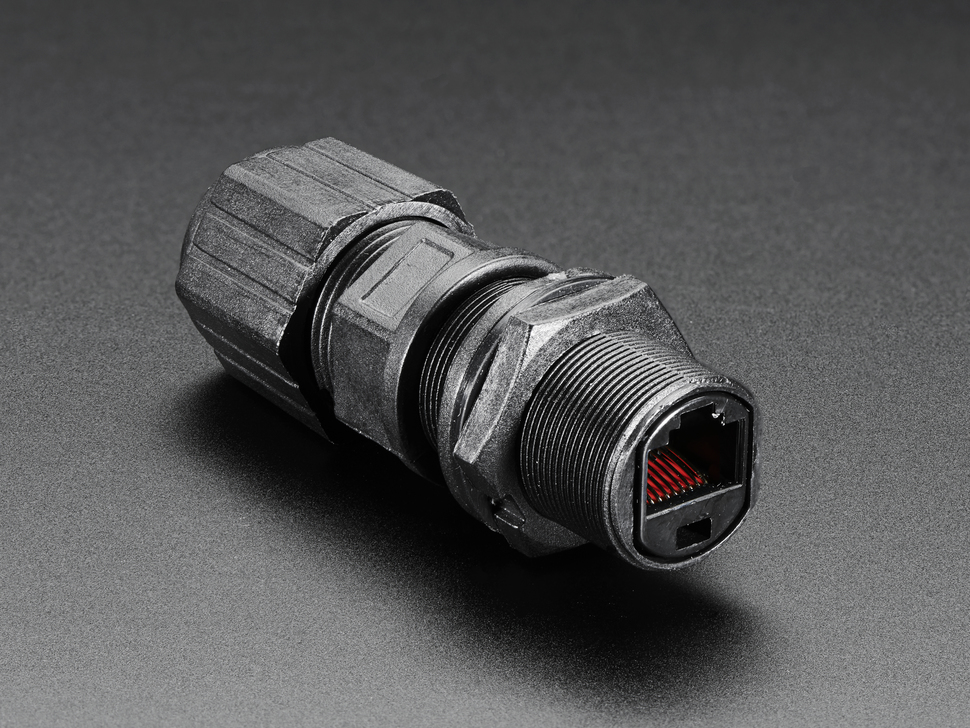SME-TRD uses a transmitter-style housing with a window cover. For SME-TR, there is no issue using a standard ethernet cable. However, in SME-TRD with a display and glass window cover, a standard ethernet cable is too stiff to bend underneath the display.
When SME-DRM is used, ethernet cables can be directly connected to the electronics as shown in the article: Introducing Ethernet connections on SMET
1. Which ethernet cables are recommended for connecting to SME-TR or SME-TRD?
1.1. Flat ethernet cables

1.2. Ultra Slim ethernet cable

1.3. Flat ribbon cable

When selecting these cables, it is important to ensure that the RJ45 connector is short or flexible enough to go in between the display and the SME. The gap between the display and the SMET housing is around 15mm. |
2. Adapting the SME-TR(D) to any kind of Ethernet connection
Typical connectors for Ethernet like Profinet, Ethernet/IP, Modbus TCP are those of Siemens (6GK1901-1BB20-2AA0 and 6GK1901-1BB10-2AA0), these kinds of RJ45 connector requires special accessories to fulfill the requirements when Rheonics sensor electronics is in transmitter enclosure (SME-TR or SME-TRD). What do I need to complete my installation? Below you find the diagram of connection:

2.1. Blue wire: Short Slim/flat ethernet cable EJC-025 (This can be supplied by rheonics), this is excellent as it can bend with the display connected.
 Flat ethernet cable with the display connected - gap between the display module and SME is around 15mm.
Flat ethernet cable with the display connected - gap between the display module and SME is around 15mm.

Flat ethernet cable with no display connected
2.2. RJ45 union or ethernet cable gland: We can connect between the flat wire(Blue) and the green wire(Ethernet Standard cable) with an ethernet cable gland or RJ45 union, this way we can get access to connections outside of the SME-TRD enclosure and use the standard RJ45 connectors for Profinet.

Cable gland with an ethernet port

RJ45 union or junction
2.3. Green wire: All cables and connectors should be fully compliant with Profibus standards and they support the 100 Mbps speed requirement that Profibus specifies.
References
Introducing Ethernet connections on SMET
Connecting the Profinet output
Connecting the Ethernet/IP output
Connecting the Modbus TCP outputs
